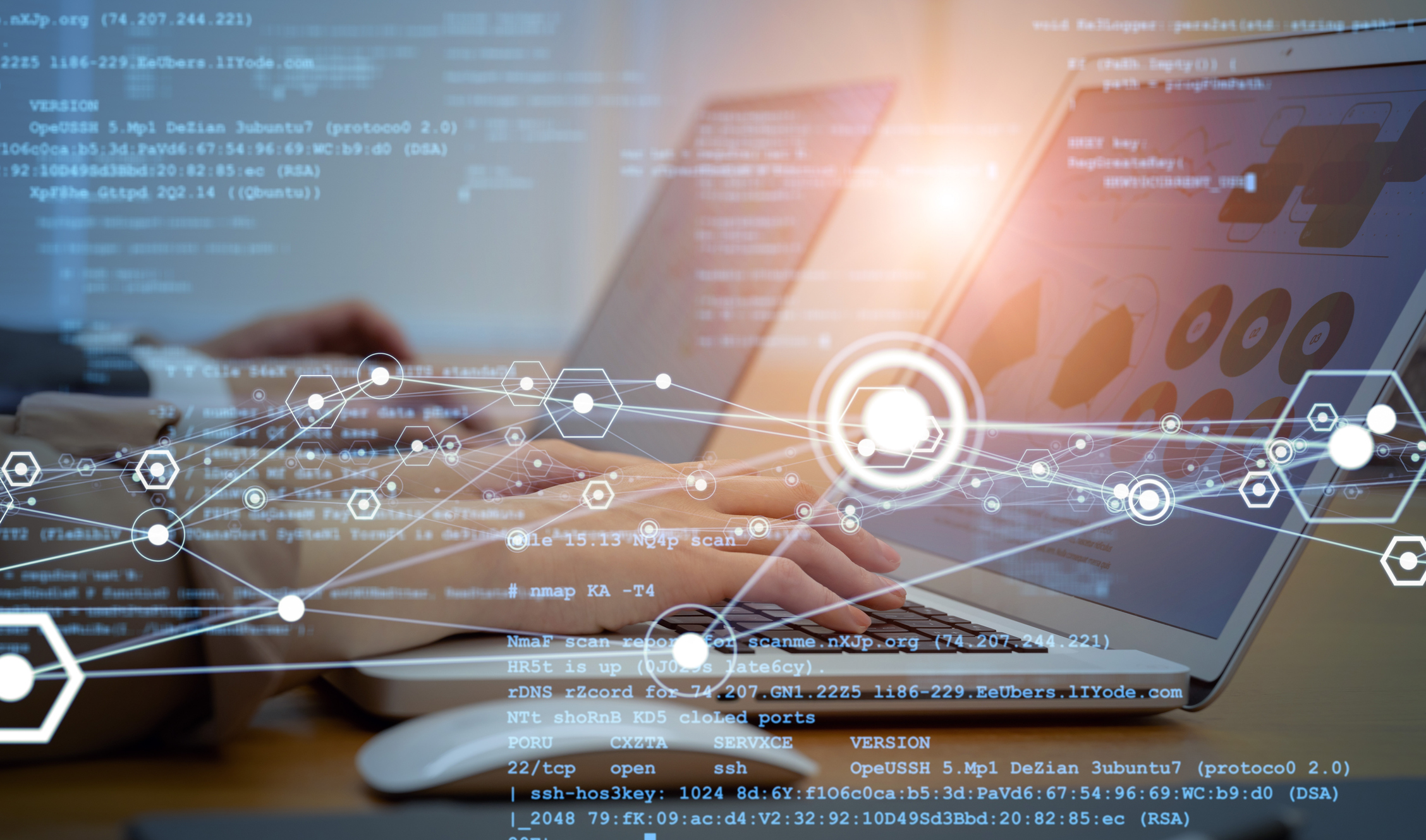Discover the power of Management Information System (MIS) through our engaging and dynamic course. With interactive lessons, quizzes, test preps, and hands-on labs, you’ll gain a comprehensive understanding of how MIS controls crucial hardware and software systems for effective decision-making within organisations. Covering MIS historical significance as the backbone of early enterprise computing to its evolution into a broader range of internal systems, the course will equip you with the knowledge and skills needed to excel in the ever-changing field of information systems management.
Lessons 1: Preface
- MIS Versus IT Management
Lessons 2: Importance of MIS
- What Is MIS?
- What Are the Objectives of MIS?
- What Are the Characteristics of MIS?
- What Are the Functions of MIS?
- What Are the Common Challenges of Implementing MIS in Organisations?
- Summary
Lessons 3: Organisational Strategy and Information Systems Strategy
- What Is an Organisational Strategy?
- What Are the Key Elements of an Organisational Strategy?
- How Do You Develop a Good Organisational Strategy?
- What Is an Information Systems Strategy?
- What Is the Importance of Aligning Organisational and Information Systems Strategies?
- Summary
Lessons 4: Business Information Systems
- What Is the Business Information System (BIS)?
- How Do Organisations Use Business Intelligence (BI) Systems?
- What Is the Impact of BIS on Your Career?
- Summary
Lessons 5: Hardware
- What Do Business Professionals Need to Know About Computer Hardware?
- How Can New Hardware Affect Competitive Strategies?
- Summary
Lessons 6: Software
- What Do Business Professionals Need to Know About Software?
- What Is the Importance of Virtualisation?
- What Are the Differences Between Native and Web Applications?
- Summary
Lessons 7: Mobile Systems
- Why Are Mobile Systems Increasingly Important?
- What Are the Challenges of Personal Mobile Devices at Work?
- Summary
Lessons 8: Database Processing
- What Is a Database?
- What Is Database Processing?
- What Is a Database Management System (DBMS)?
- How Are Data Models Used for Database Development?
- How Is a Data Model Transformed into a Database Design?
- Summary
Lessons 9: Data Communication and Networking
- What Is Data Communication and Networking?
- What Are Network Topologies and Protocols?
- What Are Internet, Intranet, and Extranet?
- What Is Wireless Technology?
- Summary
Lessons 10: Cloud Computing
- Why Are Organisations Moving to the Cloud?
- What Network Technology Supports the Cloud?
- Summary
Lessons 11: Global E-Business
- What Is Global E-Business?
- What Is E-Commerce?
- What Is Supply Chain Management (SCM)?
- Summary
Lessons 12: Collaboration Information Systems
- What Are the Criteria for Successful Collaboration?
- What Are the Primary Purposes of Collaboration?
- Which Collaboration Tool Is Right for a Team?
- Summary
Lessons 13: Achieve Competitive Advantage with Information Systems
- How Do Information Systems Provide Competitive Advantages?
- How Can Information Systems Improve Process Quality?
- How Do AI, CRM, ERP, and EAI Support Enterprise Processes?
- What Are the Challenges of Implementing and Upgrading Enterprise Information Systems?
- Summary
Lessons 14: Information Systems Security
- What Is the Goal of Information Systems Security?
- How Should Organisations Respond to Security Threats?
- How Can Technical Safeguards Protect Against Security Threats?
- How Can Data Safeguards Protect Against Security Threats?
- How Can Human Safeguards Protect Against Security Threats?
- Summary
Lessons 15: Ethical and Social Issues in Information Systems
- What Do You Mean by Ethical and Social Issues?
- What Are the Emerging Ethical and Social Issues in an Organisation?
- What Is the Impact of Ethical and Social Issues on Organisations?
- How to Overcome Ethical and Social Issues in an Organisation?
- Summary
Lessons 16: Information Systems Development and Management
- How Are Business Processes, Information Systems and Applications Developed?
- How Do Organisations Use Business Process Management (BPM)?
- What Are the Phases Involved in SDLC?
- How Does Scrum Overcome the Problems of SDLC?
- How Is Outsourcing Used to Manage Information Systems?
- What Are User Rights and Responsibilities?
- Summary
Hands-on LAB Activities (Performance Labs)
Importance of MIS
- Identifying Activities
Organisational Strategy and Information Systems Strategy
- Understanding Organisational Strategies
- Identifying Organisational and Information Systems Strategies
Business Information Systems
- Understanding Types of BI Analysis
Software
- Identifying Development Languages for Applications
Database Processing
- Identifying Database Administration Tasks
Data Communication and Networking
- Identifying Components and Types of Networking
- Understanding Network Topologies
Collaboration Information Systems
- Identifying Project Management Tasks
Ethical and Social Issues in Information Systems
- Identifying Ethical and Social Issues


 Standard:
Standard: